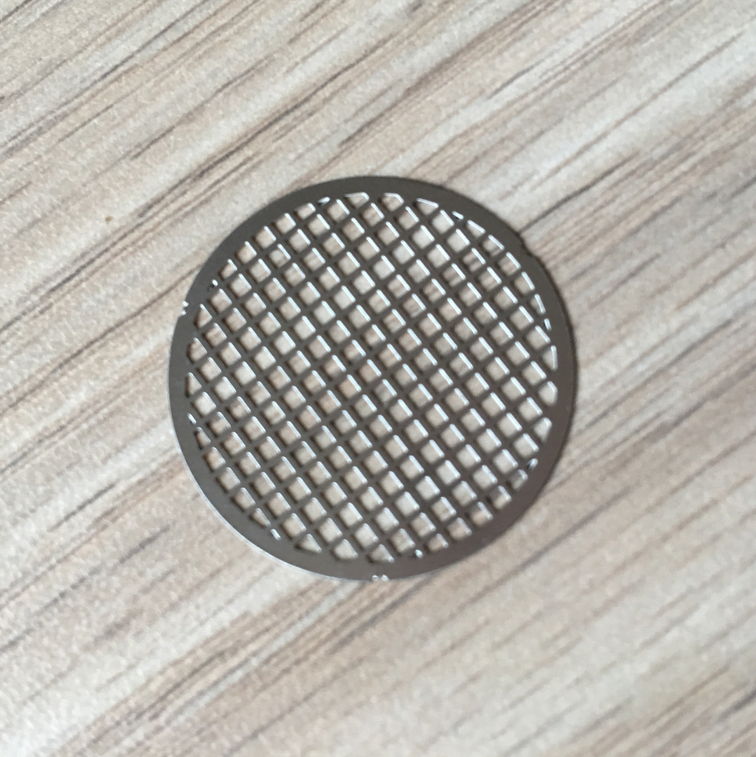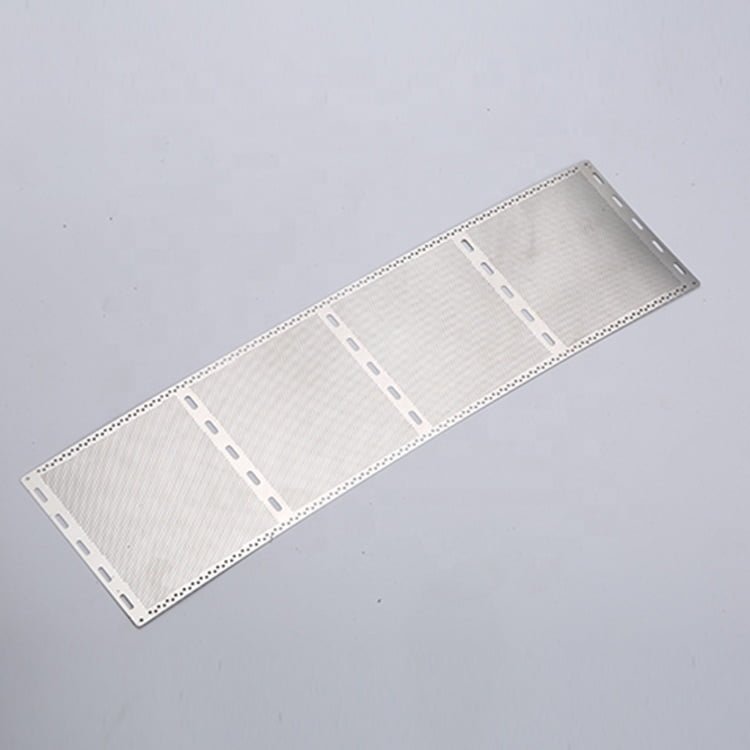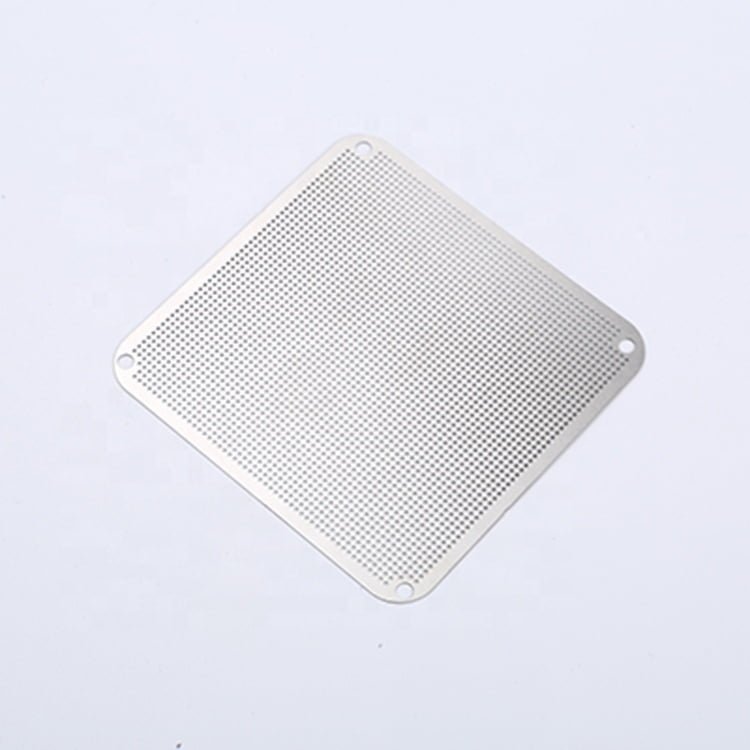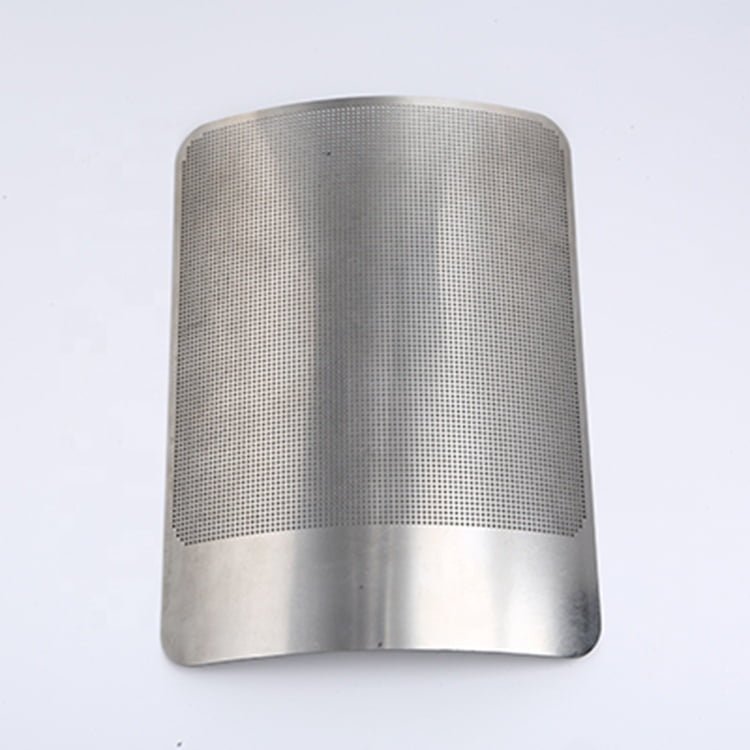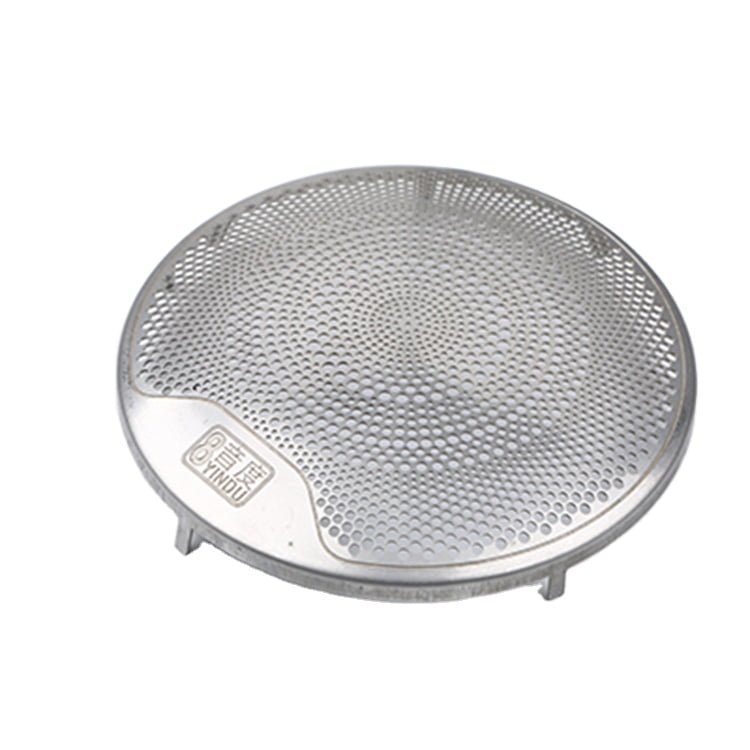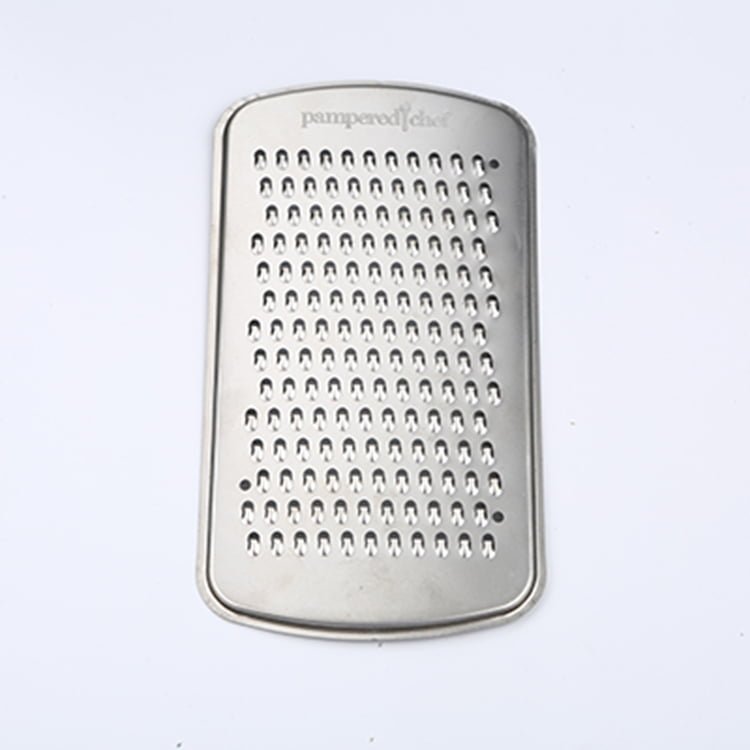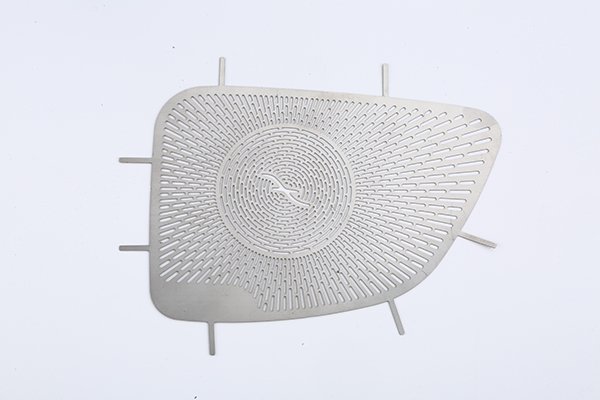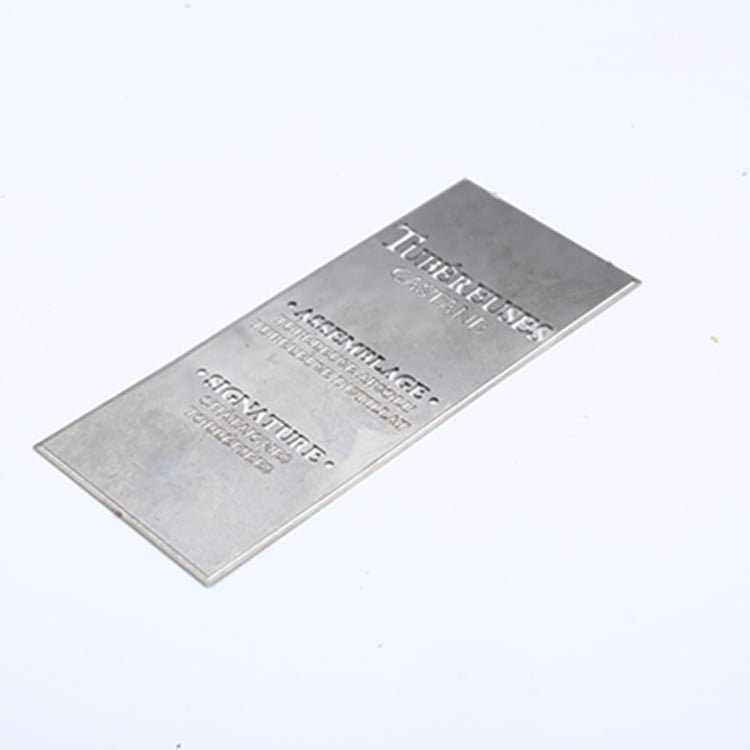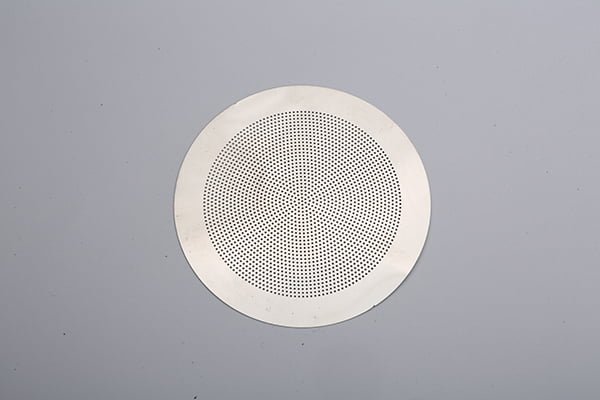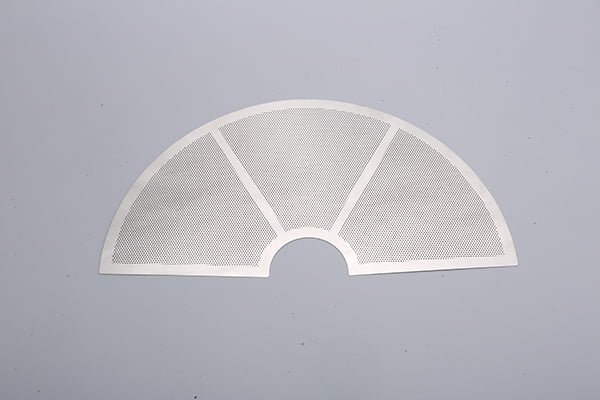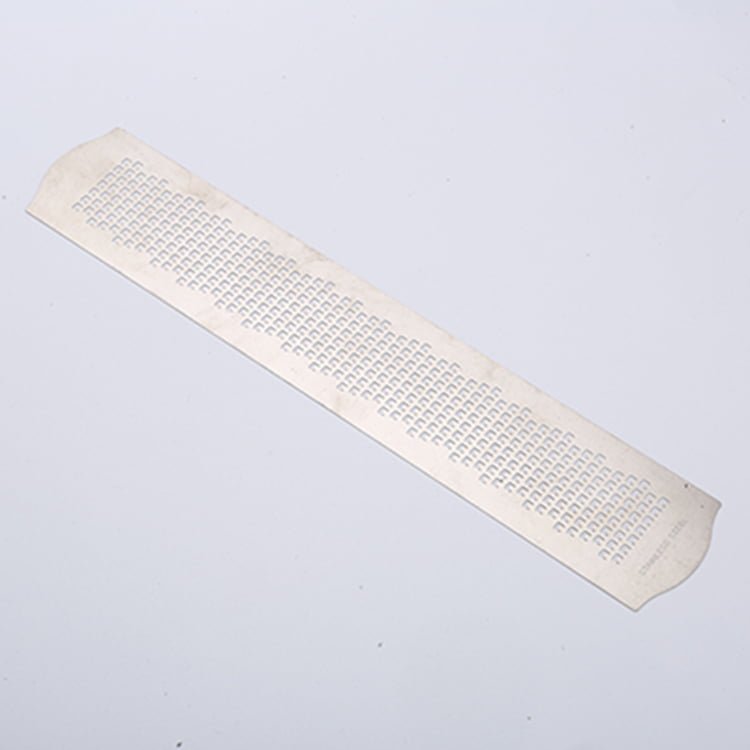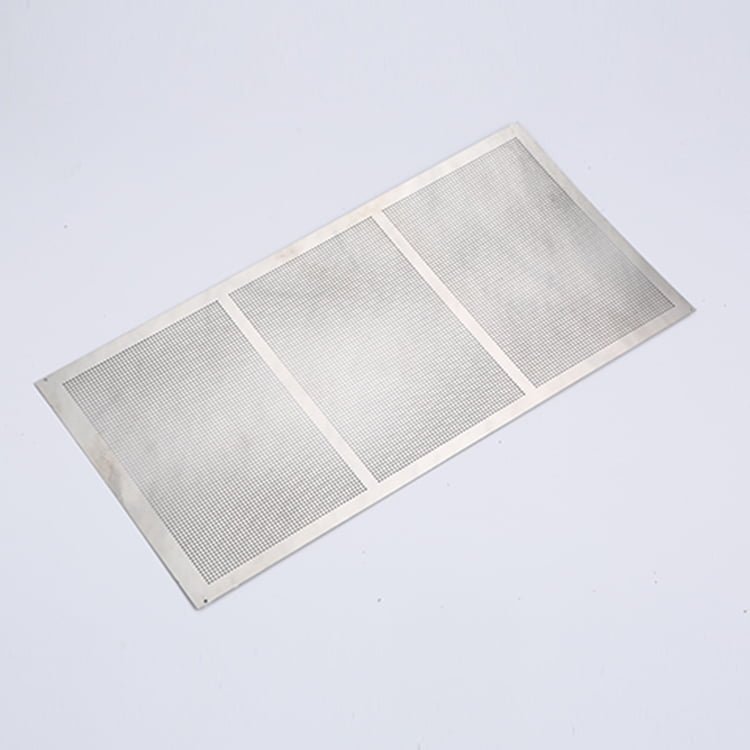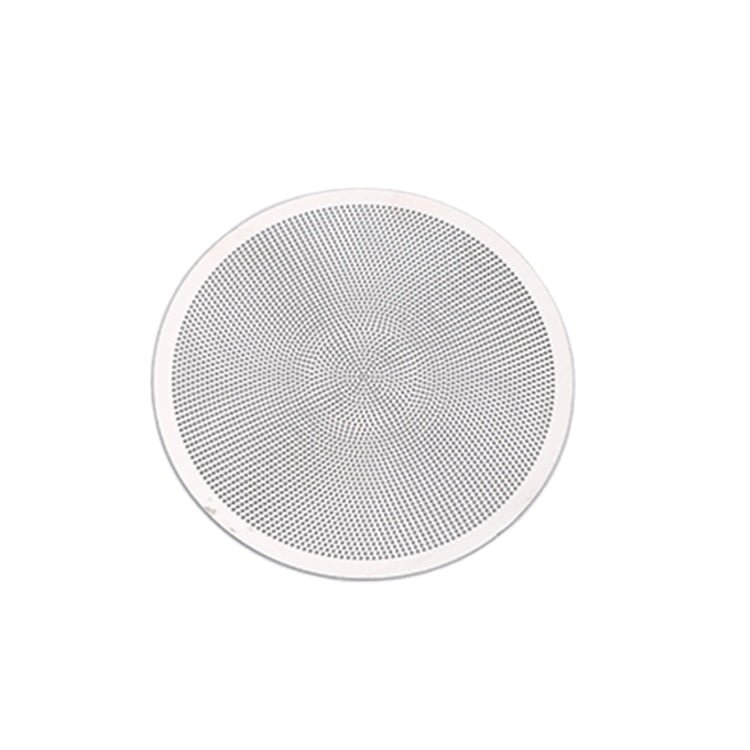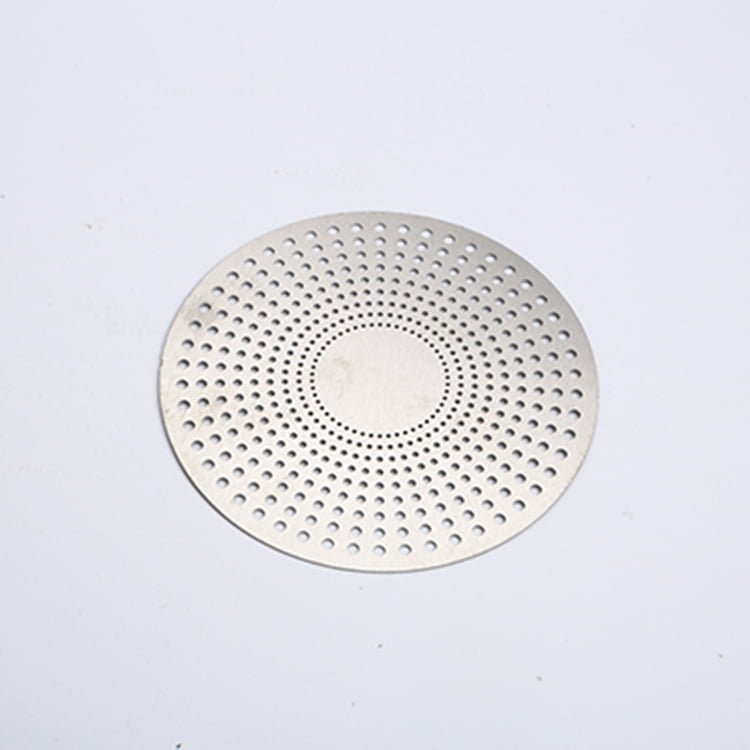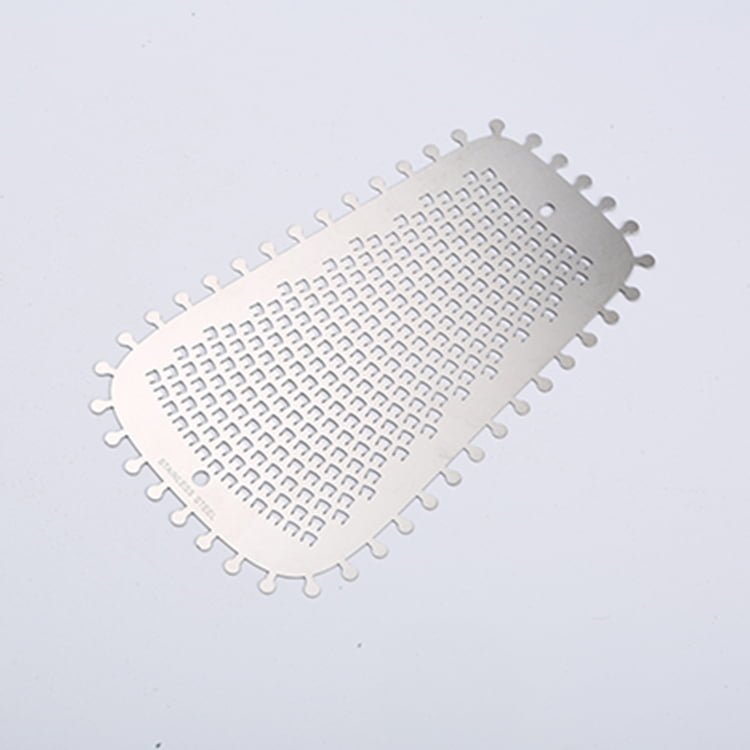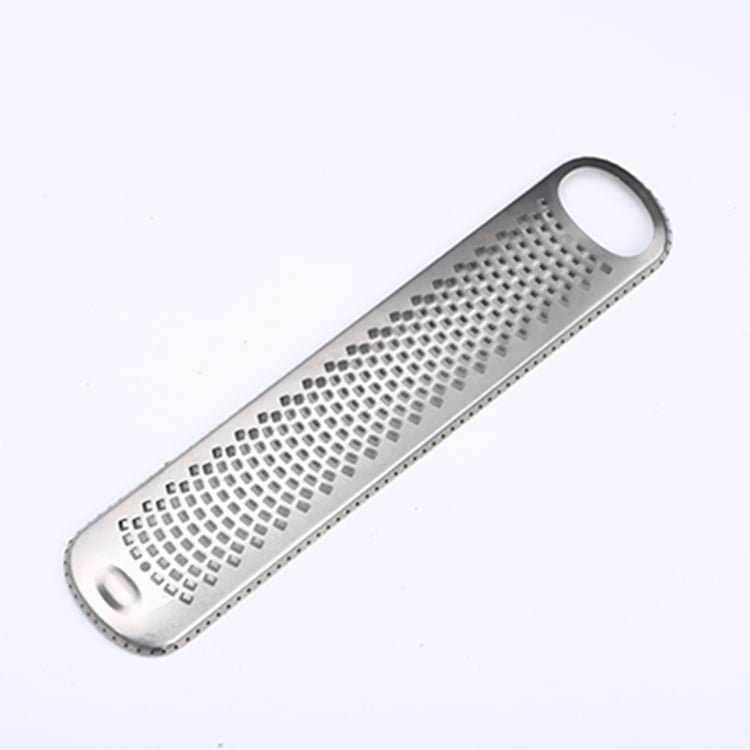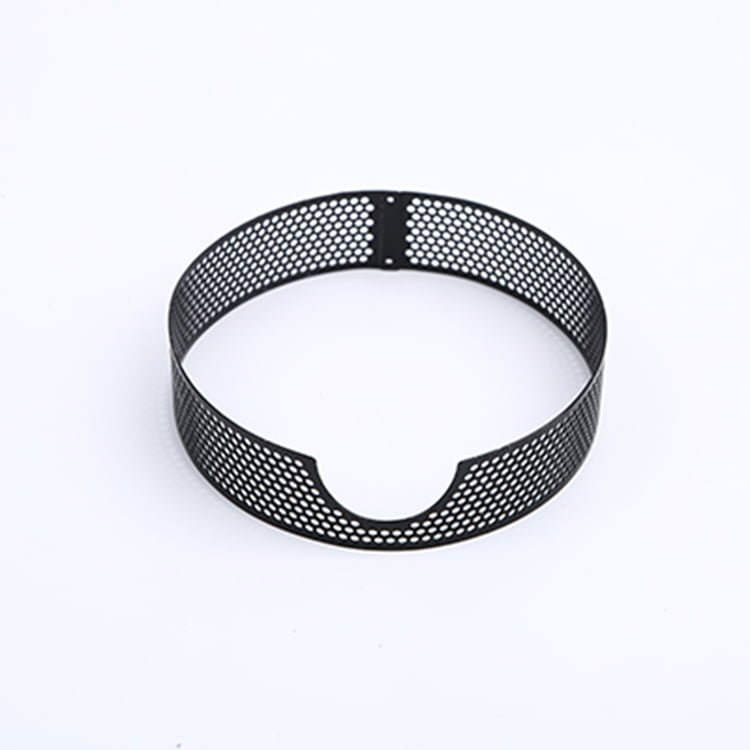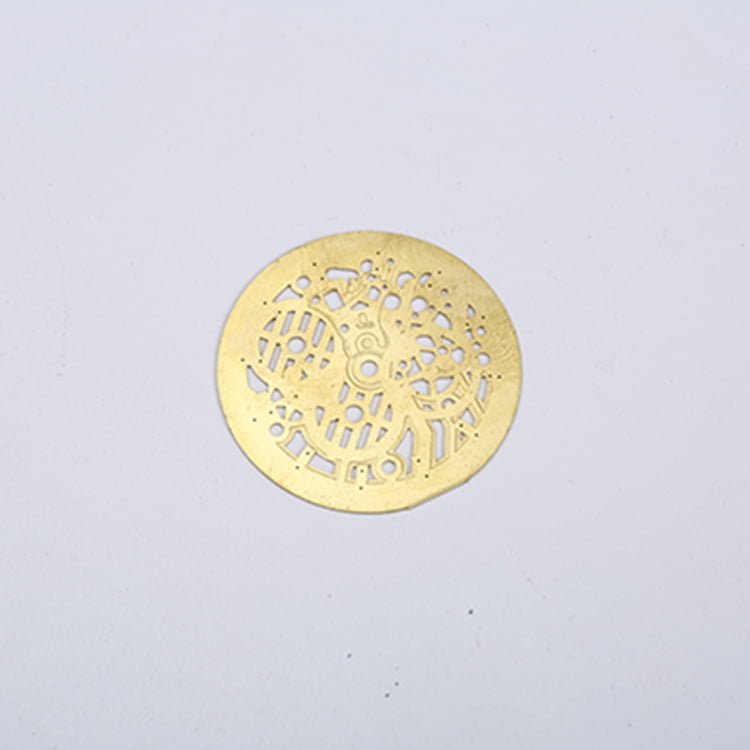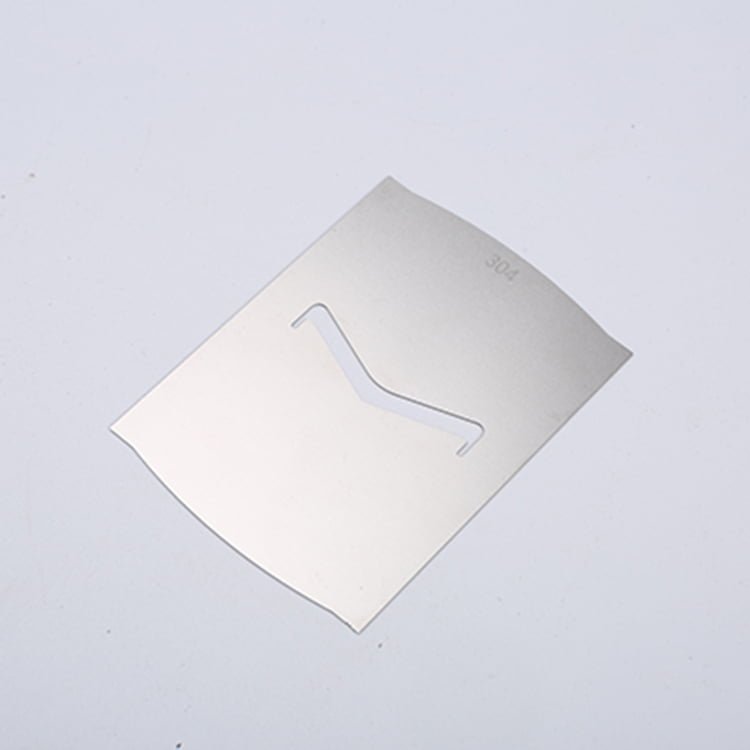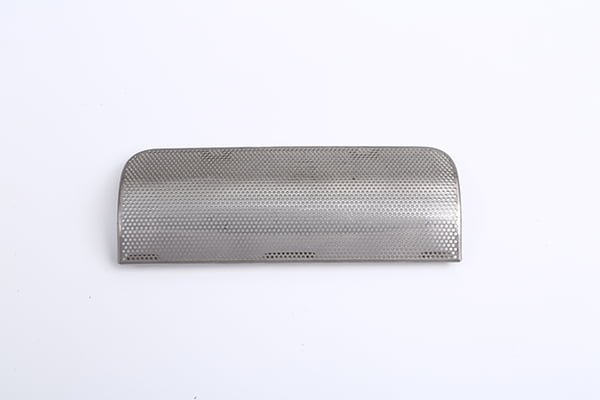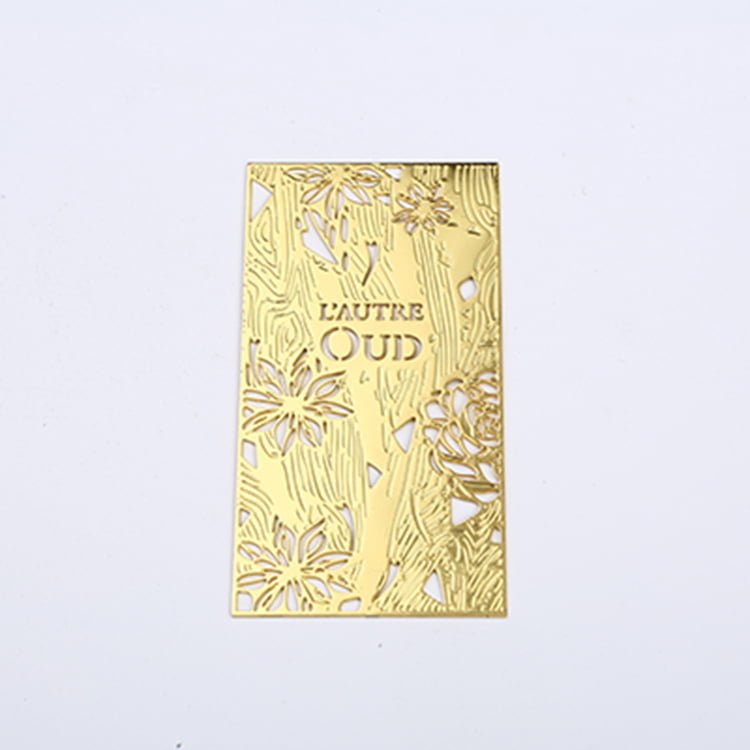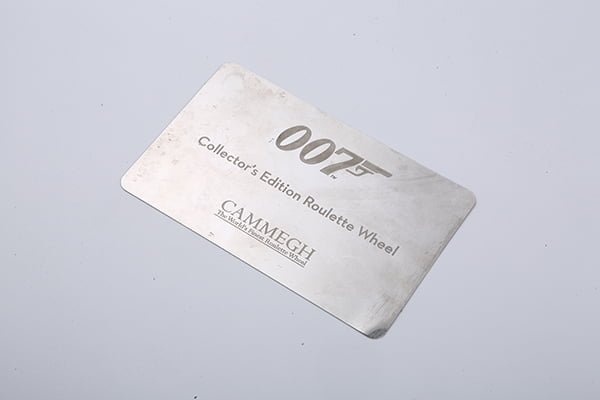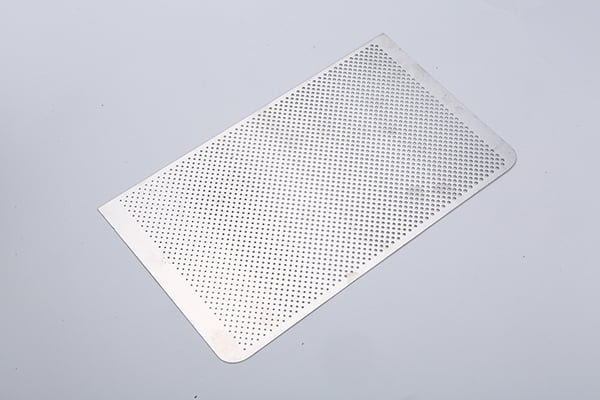In the realm of precision machining, nickel and its alloys hold a prominent position due to their exceptional mechanical, thermal, and electrical properties. Etching is a vital process in manufacturing intricate and high-precision components from nickel materials.
Our Packages
- From 1000pcs
- Samples from 100pcs
- Approx. 30 days (may vary depending on the difficulty of the drawing)
View our Nickel etching production facility
Types of Nickel and Etching Nickel Characteristics
Nickel is available in several types and alloys, each offering distinct properties that cater to different applications. Some of the common types of nickel include:
- Pure Nickel (Nickel 200): Pure nickel exhibits excellent corrosion resistance and is well-suited for applications involving chemical processing and electronics. Its etching characteristics are relatively straightforward, making it a popular choice for precise etching processes.
- Nickel-Copper Alloys (Monel): Monel alloys contain varying proportions of nickel and copper, providing superior resistance to corrosion, especially in harsh environments. Etching Monel requires consideration of the specific alloy composition to achieve desired results.
- Nickel-Chromium Alloys (Inconel): Inconel alloys boast exceptional strength and oxidation resistance at high temperatures, making them ideal for aerospace and industrial applications. Etching Inconel requires careful control of etchant concentration and temperature due to its resistance to chemical attack.
- Nickel-Iron Alloys (Invar): Invar alloys have low thermal expansion coefficients, making them suitable for precision instruments and applications where dimensional stability is critical. Etching Invar requires specialized etchants to ensure precise and uniform etching.
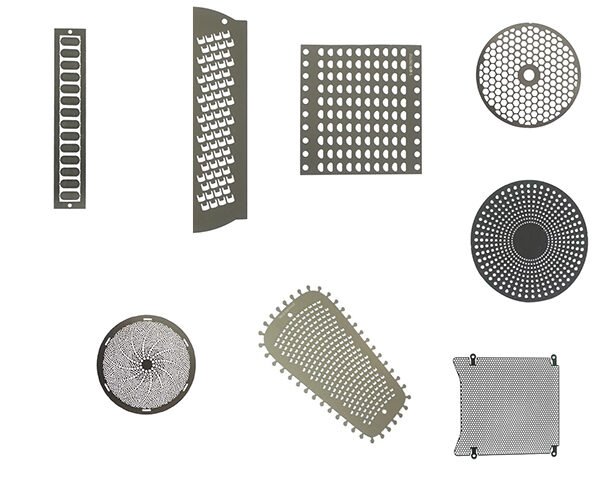
Advantages and Disadvantages of Nickel Alloys in Wet Processing
Etching Nickel alloy possesses unique advantages and disadvantages when it comes to wet processing and etching:
- Pure Nickel (Nickel 200): Advantages: Excellent corrosion resistance, easy to etch with simple etchants. Disadvantages: Relatively low strength compared to some alloys, limited mechanical properties.
- Nickel-Copper Alloys (Monel): Advantages: High corrosion resistance in various environments, suitable for marine applications. Disadvantages: Relatively difficult to etch due to varying alloy compositions.
- Nickel-Chromium Alloys (Inconel): Advantages: Exceptional strength and oxidation resistance at high temperatures. Disadvantages: Challenging to etch due to resistance to chemical attack.
- Nickel-Iron Alloys (Invar): Advantages: Low thermal expansion coefficients, ideal for precision instruments. Disadvantages: Requires specialized etchants for precise and uniform etching.
Metal Etching Nickel
Metal etching precisely shapes and patterns nickel components for various applications. The wet processing method employs metal etching machines and specific chemical etchants.

Common Chemical Etchants for Etching Nickel:
- Hydrofluoric Acid (HF) Etchant: Effective for nickel and nickel alloys, requires careful handling due to its corrosive nature.
- Ferric Chloride Etchant: Widely used for etching nickel and its alloys, offers good control over etching rates.
- Cupric Chloride Etchant: Suitable for precise and controlled etching of nickel materials.
Precautions during Metal Etching:
- Follow safety protocols when handling chemical etchants, including proper ventilation and personal protective equipment.
- Adhere to etching time, temperature, and concentration to achieve precise etching results.
Nickel etching equipment
Photo Etching Nickel
Photo etching is a precise and controllable process that uses light-sensitive masks to define patterns on nickel surfaces. This technique enables intricate designs and high tolerances.
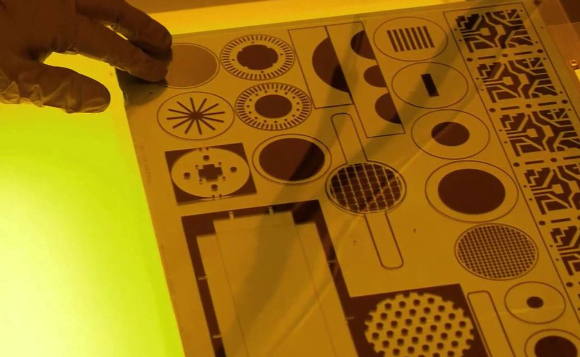
Etching precision machined nickel materials requires a thorough understanding of different types, alloys, and their etching characteristics. Electroforming, surface treatment, metal cleansing, and metal etching are integral processes in achieving precise and high-quality nickel components. By selecting suitable processes and following necessary precautions, manufacturers can harness the exceptional properties of nickel for critical applications in various industries.
View our metal etching products
how to etch Nickel?
Etching Nickel Processing Guidelines
| Metal Alloy | Etchant | Etching Temperature (°C) | Etching Concentration (%) | Estimated Etching Depth (microns) | Etching Quality |
|---|---|---|---|---|---|
| Etching Nickel | Hydrofluoric Acid (HF) | Room temperature | 5% HF | 10-40 | High-quality (smooth) |
| Etching Pure Nickel (Nickel 200) | Ferric Chloride Etchant | Room temperature | 10% FeCl3 | 10-50 | High-quality (smooth) |
| Etching Nickel-Copper Alloys (Monel) | Cupric Chloride Etchant | Room temperature | 5% CuCl2 | 10-40 | High-quality (smooth) |
| Etching Nickel-Chromium Alloys (Inconel) | Ferric Chloride Etchant | Room temperature | 10% FeCl3 | 10-50 | High-quality (smooth) |
| Etching Nickel-Iron Alloys (Invar) | Hydrofluoric Acid (HF) | Room temperature | 5% HF | 10-40 | High-quality (smooth) |
The values provided are approximate and can vary depending on specific etching conditions, including exposure time and the condition of the nickel or nickel alloy surface. Always conduct test etches and adjust parameters as needed to achieve your desired results. Additionally, safety precautions should be followed when handling these chemicals, especially in the case of Hydrofluoric Acid.
If you have metal wet etching Nickel needs, please feel free to contact us.
FAQs
What metals can you use to customize my goods?
- Wet Etching Germanium
- Wet Etching Gallium Nitride (GaN)
- Wet Etching Indium
- Wet Etching Cobalt
- Wet Etching Tungsten
- Wet Etching Stainless Steel
- Wet Etching Aluminum
- Wet Etching Kovar
- Wet Etching Copper
- Wet Etching Steel
- Wet Etching Nickel
- Wet Etching Platinum
- Wet Etching Silver
- Wet Etching Rhodium
- Wet Etching Hafnium
- Wet Etching Vanadium
- Wet Etching Zirconium
- Wet Etching Titanium
- Wet Etching Niobium
- Wet Etching Tantalum
- Wet Etching Molybdenum
- Wet Etching Brass
- Wet Etching Rhenium
How quickly can I get your response?
Within 24 hours.
Will you do 100% inspection before shipping out the orders?
Yes we do.
Can I have prototypes or samples before placing the order?
Samples are always available.
Etching Nickel Samples
